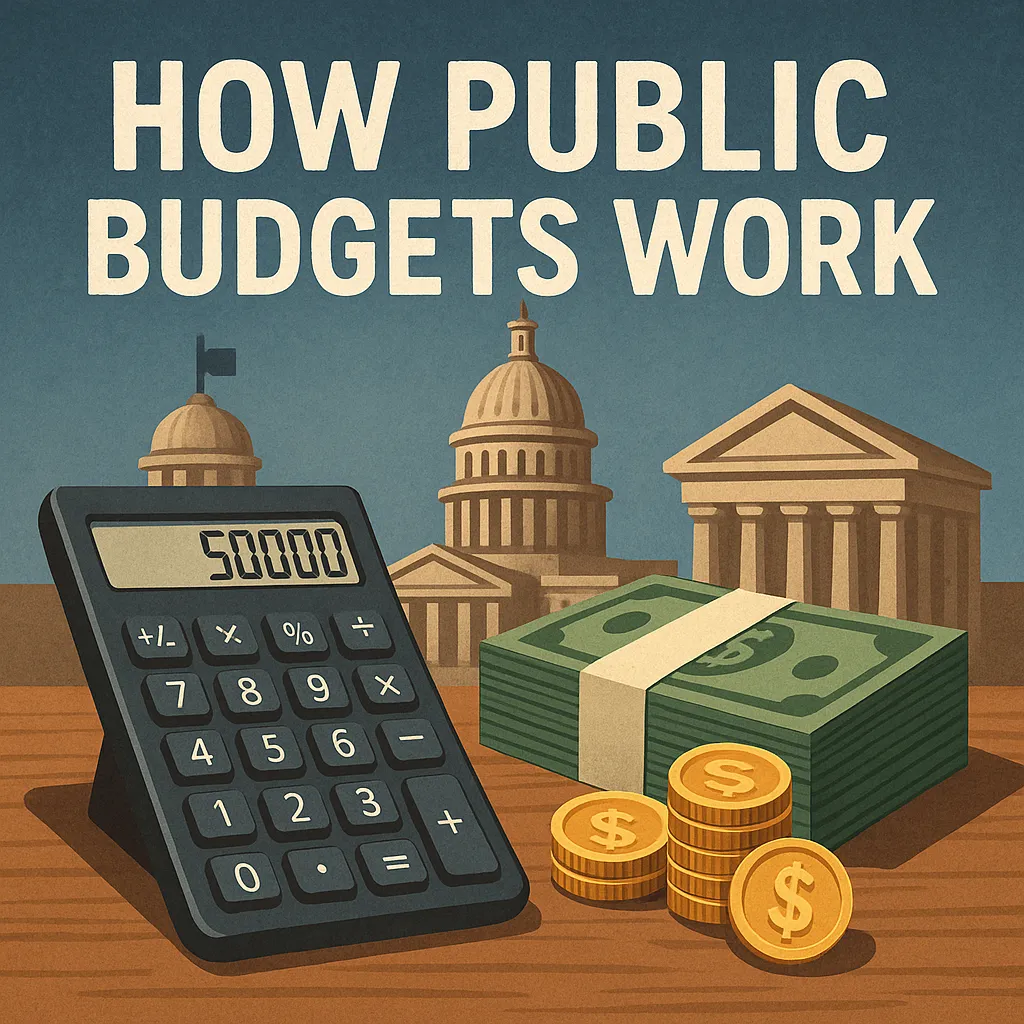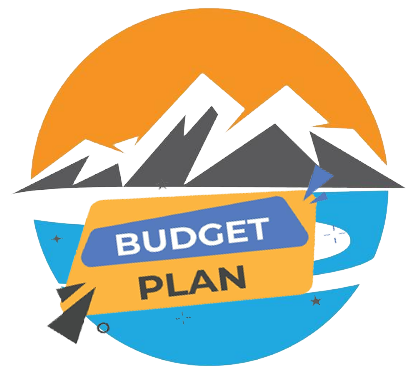How the Public Budget Works: Explained in Plain Language

Every year, states and regions lay out financial blueprints that shape everything — from the roads you drive on to the schools your children attend. This isn’t just a spreadsheet full of numbers. A public budget is a living, breathing plan that reflects a government’s priorities. But where does the money come from? Why do we sometimes face shortfalls? And who gets to decide where it all goes? Let’s break it down — step by step, without the jargon.
What Is a Public Budget?
A public (or state) budget is essentially a yearly financial plan. It lays out how much money the government expects to collect, what it plans to spend, and which sectors or services will receive funding. It also includes strategies for keeping income and spending in balance — or at least trying to.
This budget is usually planned ahead of the calendar year and must be formally approved by the region’s legislative body, like a state parliament or city council. Without that approval, the government can’t legally spend a cent.
The four core elements in every state budget are:
- Expected revenue: How much money will flow into the treasury.
- Planned expenses: What the government intends to spend.
- Spending breakdown: Which services and areas get what.
- Balancing act: How to make sure costs don’t spiral past income.
It’s like managing a household, only on a scale of billions — and with millions of people depending on the outcome.
Where Does the Money Come From?
The government isn’t printing money in the basement. It raises funds from several structured sources. Here’s what typically fills the public purse:
- Taxes: Income tax, property tax, business taxes, sales taxes — these are the bread and butter.
- Federal transfers: Funds passed down from the national budget to regional governments.
- Licenses and fees: Payments for using public resources, registering vehicles, or applying for permits.
- Investment income: Returns from state-owned funds or assets (think public pension funds or sovereign wealth investments).
- Natural resource dividends: Some states, like Alaska, earn revenue directly from oil and gas production — and residents even get a cut.
This income pie is carefully tracked. If one slice shrinks — say, due to a drop in oil prices — the whole budget may need to be rebalanced.
Where Does the Money Go?
Now for the spending side. Most public expenditures are routine and essential — the kind of things you can’t really skip. Let’s break down the biggest categories:
- Education: From public schools to college grants and student programs.
- Healthcare and social support: Hospitals, insurance subsidies, pensions, and welfare services.
- Infrastructure and transportation: Highways, bridges, buses, and public transit upkeep.
- Public safety: Police departments, fire services, emergency response systems.
- Government operations: Salaries for public servants, upkeep of government offices and agencies.
- Environment and energy: Conservation efforts, pollution controls, sustainable energy projects.
Each dollar spent is tied to a specific program or goal. But when funds are tight, some areas get cut — and it’s usually a heated debate about where the knife should fall.
What Are Budget Surplus and Deficit?
These two terms pop up in every budget conversation, but what do they really mean?
- Surplus: When income is greater than expenses. That extra cash can be saved for emergencies, used to pay off debt, or invested in long-term development.
- Deficit: When expenses outpace revenue. This can’t go unchecked — the government needs to act.
When there’s a deficit, officials typically consider:
- Cutting back on spending
- Raising funds through public debt (like issuing bonds)
- Adjusting tax policies to increase revenue
A healthy budget doesn’t just avoid debt — it balances today’s needs with tomorrow’s responsibilities. Long-term sustainability is the goal.
Who Decides and How Can the Public Get Involved?
Budgeting isn’t just an accountant’s job. It’s a political process involving multiple layers of decision-making — and you can actually have a say in it.
Here’s how it usually plays out:
- The executive branch drafts the budget — usually led by the governor and economic advisors.
- Legislative committees review and debate it, often suggesting changes.
- Final approval is done via a vote in the legislature.
But here’s the important part — public participation.
In many states, residents are invited to public hearings. These sessions allow everyday people to give input, raise concerns, and offer suggestions. While not every idea makes the cut, this process is crucial for transparency and accountability. When citizens speak up, leaders have to listen — or at least explain their choices.
